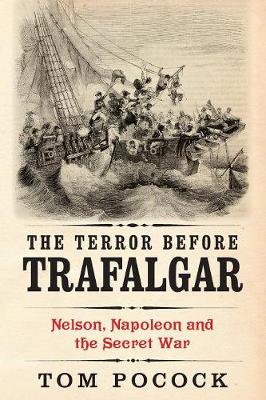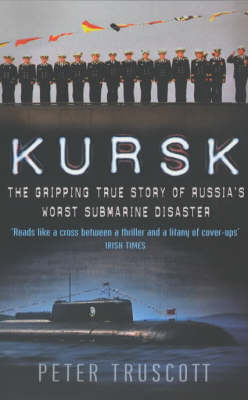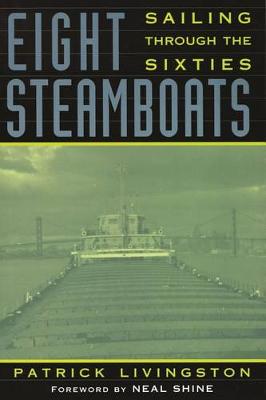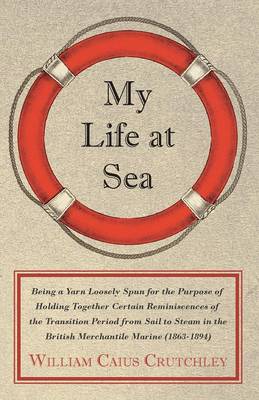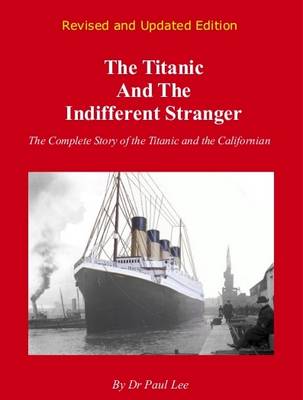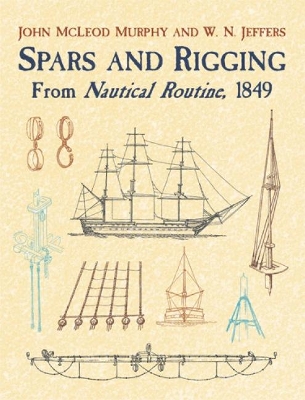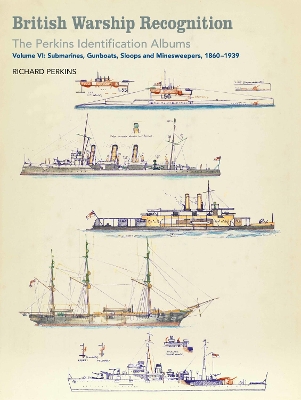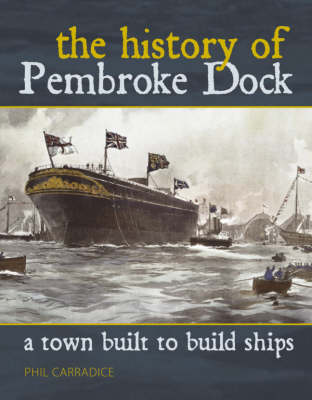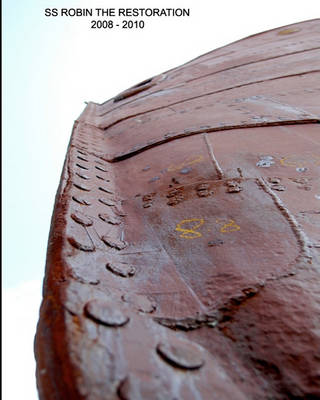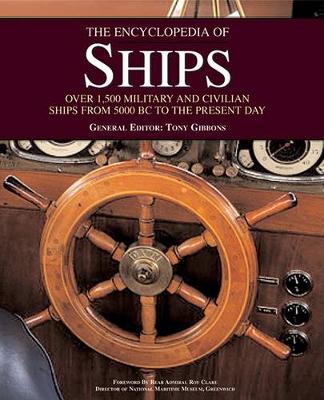Despatches, Letters and Diary of Vice-Admiral Lord Viscount Horatio Nelson
by Viscount Horatio Nelson Nelson
Nelson's victory at Trafalgar on 21 October 1805 was a pivotal event in European history. But Trafalgar was not simply an isolated battle fought and won in an afternoon - the naval campaign had in fact begun more than four years before. This extraordinary period, following Napoleon's threat to invade England in 1801, came to be known as The Great Terror, and Britain was on the alert. As the Grande Armee faced a Dad's army of English volunteers across the Channel, a secret war of espionage and su...
Whaleback Ships and the American Steel Barge Company (Great Lakes Books)
by C. Roger Pellett
From 1888 to 1898, the American Steel Barge Company built and operated a fleet of forty-four barges and steamships on the Great Lakes and in international trade. These new ships were considered revolutionary by some and nautical curiosities by others. Built from what was then a high tech material (steel) and powered by state-of-the-art steam machinery, their creation in the remote north was a sign of industrial accomplishment. In Whaleback Ships and the American Steel Barge Company, C. Roger Pe...
In the worst peacetime disaster experienced by the Russian Navy, on 12 August 2000 the state-of-the-art nuclear-powered Kursk submarine sank with the loss of 118 officers and crew. The sinking was a humanitarian, environmental, and military catastrophe for Russia, and a powerful political reversal for President Putin But what really happened? Peter Truscott, former Foreign Affairs and Defence spokesperson in the European Parliament and Vice-President of the Security Committee, aims to provide th...
Die Anfange der Dampfschiffahrt in Niedersachsen und in den Angrenzenden Gebieten von 1817 bis 1867
by Hans Szymanski
In the 1960s, an era of widespread social turbulence, the shipping industry in the Great Lakes was on the threshold of Immense change. Developed during World War II, the US merchant fleet faced threatening competition from the newer Canadian fleet. The demand for iron ore skyrocketed as baby boomers matured in the age of auto and appliance buying. To meet the increasing need, there was talk of expanding the size of the Soo Locks to accommodate larger vessels and even of lengthening the shipping...
On the eve of World War II, the Squalus, America's newest submarine, plunged to the bottom of the North Atlantic. Miraculously, thirty-three crew members still survived in the stricken vessel. While their loved ones waited in unbearable tension onshore, their ultimate fate would depend upon one man, US Navy officer Charles 'Swede' Momsen - an extraordinary combination of visionary, scientist and man of action. In this thrilling true story, prize-winning author Peter Maas vividly re-creates a mom...
On the morning of April 10, 1963, the world's most advanced submarine was on a test dive off the New England coast when she sent a message to a support ship a thousand feet above her on the surface: experiencing minor problem . . . have positive angle . . . attempting to blow . . . Then came the sounds of air under pressure and a garbled message: . . . test depth . . . Last came the eerie sounds that experienced navy men knew from World War II: the sounds of a submarine breaking up and compartm...
Spars & Rigging:from Nautical Routi (Dover Maritime)
by John M'Leod Murphy
British Warship Recognition: The Perkins Identification Albums
by Richard Perkins
The Richard Perkins warship identification albums form one of the most detailed studies ever undertaken of the changes to the appearance of Royal Navy ships.As a result of collaboration with the National Maritime Museum, the publication of this monumental work in a superbly produced multi-volume edition that captures all thequalities of the original. Every page is reproduced at full size, making the extensive handwritten annotation readable, while the fine-line drawings retain all the colors tha...
The story of Pembroke Dock is one of triumph and disaster, of hope and terrible failure. Nearly three hundred ships were built in the yards, including some of the most powerful ships in Queen Victoria's navy - as well as four famous Royal Yachts. Then in 1926, the dockyard was suddenly closed, leaving the town without reason for existence. What followed was a brutal battle for survival. The history of Pembroke Dock is a fascinating social study, taking a community from its raw beginnings to full...
The journal of Peveril Meigs and Richard Worsam Meade of their voyage to Alaska on the Saginaw.
For the British, the Battle of the Atlantic was a fight for survival, as they depended entirely upon the safe transit of hundreds of convoys of merchant ships laden with food, raw materials and munitions from America to feed the country and to keep the war effort going. The ultimate success of these convoys is much more than the triumph of one side's naval technology over the other, or of the revelations of the enemy's encoded orders assiduously teased out by the brilliant young decrypters at Bl...
Ships and Shipbuilders of a West Country Seaport
by Cyril Henry Ward-Jackson
EIGHTEENTH CENTURY RIGS & RIGGING
Covering major ship types (warships and merchant) of Europe, the Mediterranean, Middle East and Asia, this study comments on the development and significant features of each 18th-century rig. It is complemented by detailed plans and descriptions, and extensive tables of rigging dimensions.
The origins of 1/1250 and 1/200 scale models can be traced back to the first years of the twentieth century and their use as identification aids by the military during the First World War. When peace came the manufacturers aimed their increasingly sophisticated products at collectors, and ever since then acquiring, enhancing, modifying or scratch-building miniature ship models has been an avidly pursued hobby around the world. This new book focusses on models of the ships of the Second World Wa...

